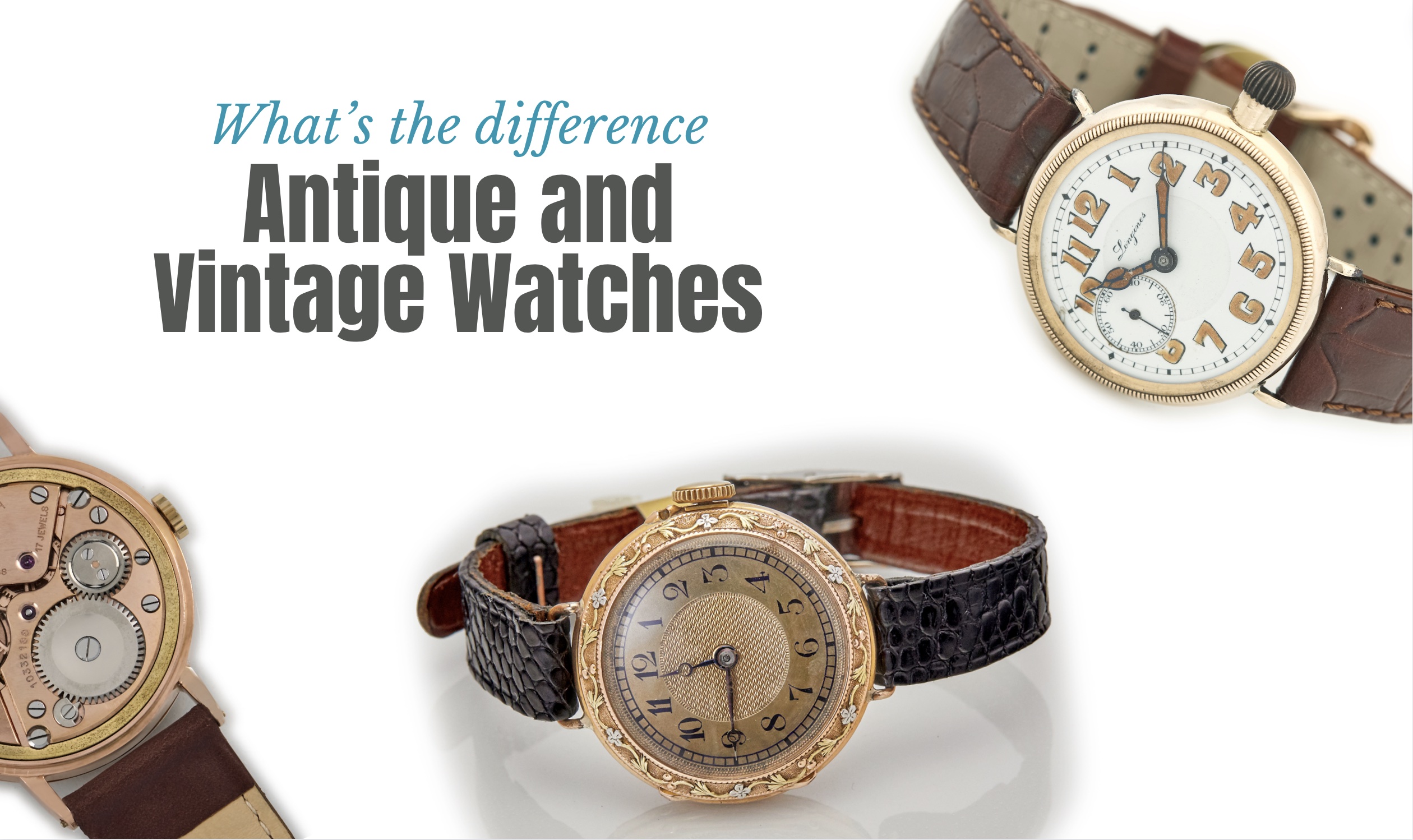#Difference #Antique #Vintage #Watches #Antique #Collecting
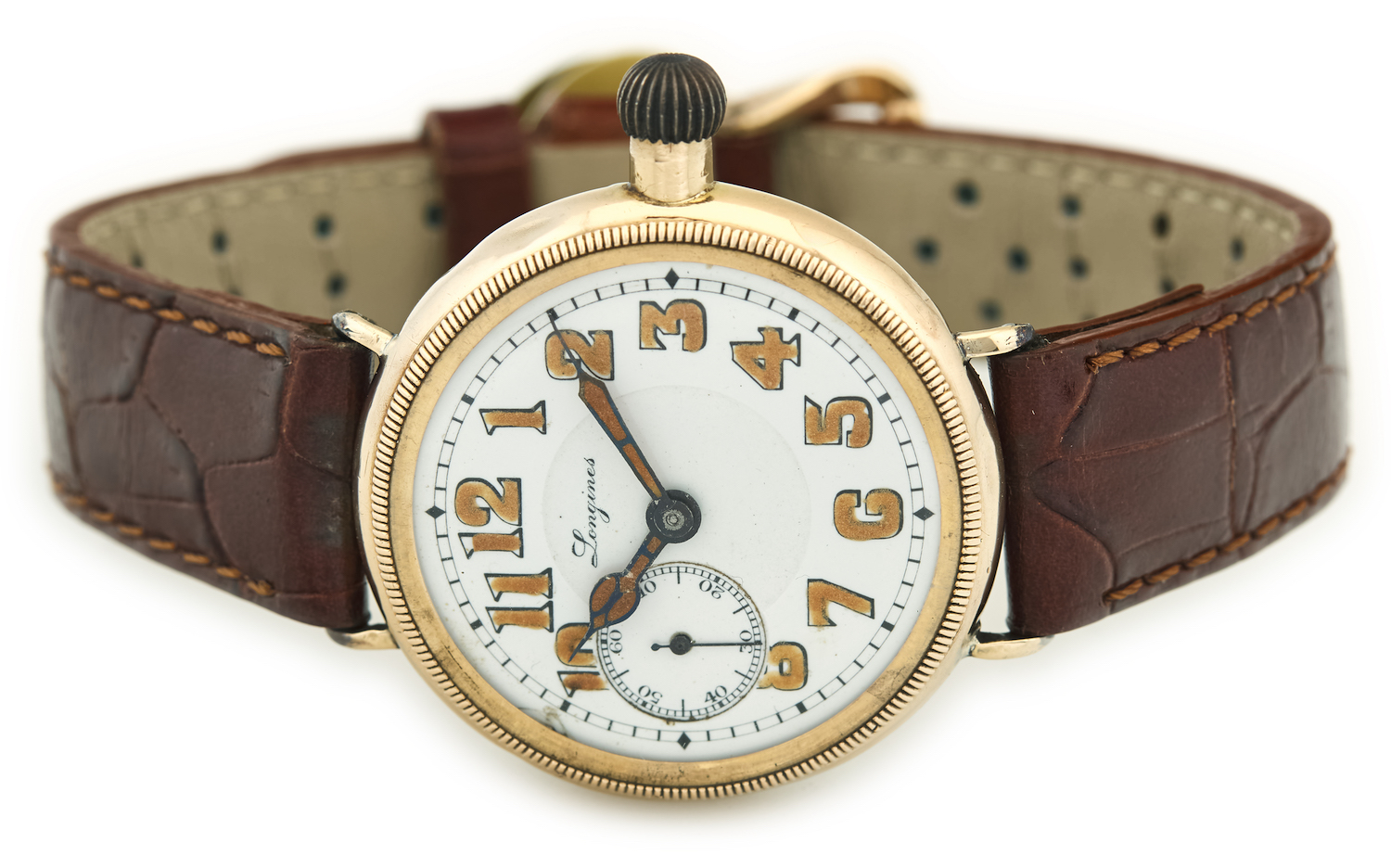
If you’re looking to buy a pre-owned watch, you may be pondering the difference in classifications when it comes to describing the age of a timepiece. Vintage, pre-owned, antique…What’s the difference?
The words ‘vintage’ and ‘antique’ are often used interchangeably, but there is a distinction, and it’s an important one. It can have an effect on how a watch is classified for sale by a watch dealer and the market and buyer’s perception of value.
We should also consider the term ‘pre-owned’, which is just a nice way to say second-hand. A pre-owned watch could be vintage or antique but usually refers to an item that is not old enough to be classified as antique or vintage.
In simple terms, ‘vintage’ is old and ‘antique’ is even older. While there is no hard or fast rule to determine when a pre-owned watch becomes old enough to be classified as a vintage watch, there is a rule of thumb used to differentiate the two. This classification goes beyond the watch market and can be used to differentiate any old items, from cars to clothing.
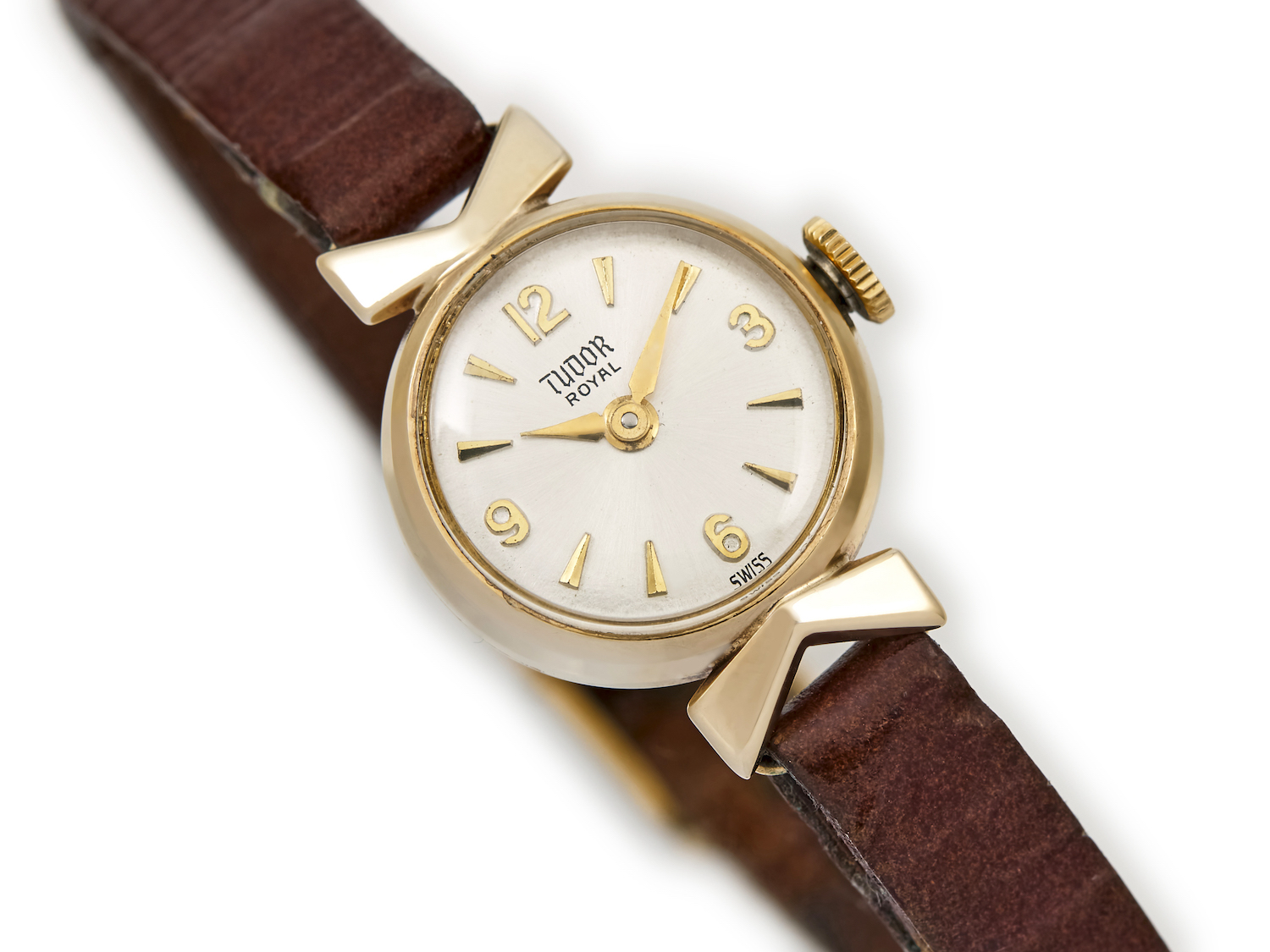
How Old Are Vintage Watches?
Watch experts have yet to agree on a specific minimum age that defines a timepiece as vintage. It’s generally agreed across the vintage watch market that a watch becomes vintage when it is more than 20 – 25 years old. Some say 25 – 30 years old. This lack of clarity can be traced back to the unclear definition of the word ‘vintage’ itself. Look up the word in the dictionary, and you will find many vague references to something that is ‘of age’.
Even the origin of the word vintage is in debate. You can find many references where the word vintage was first used in the early 15th century and was adapted from the old French word “vendage”, meaning ‘wine harvest’. Some references state that this meaning started to shift around the middle of the 1700s to mean ‘age or year of a particular wine’, and later shifted again in the late 1800s to mean the more general description of ‘being of an earlier time’.
What we do know for sure is that this term was first applied to cars in 1928. But when it was first used to describe watches is anyone’s guess. However vague or undefined the word vintage, it’s still the most common term used in the watch market to classify pre-owned watches older than 20 – 30 years old that are not yet antiques.
Of course, every year as time passes, different watch models move into the vintage category. For example, in 2024, we are starting to look at watches made in the mid to late 1990s or early 2000s as vintage.
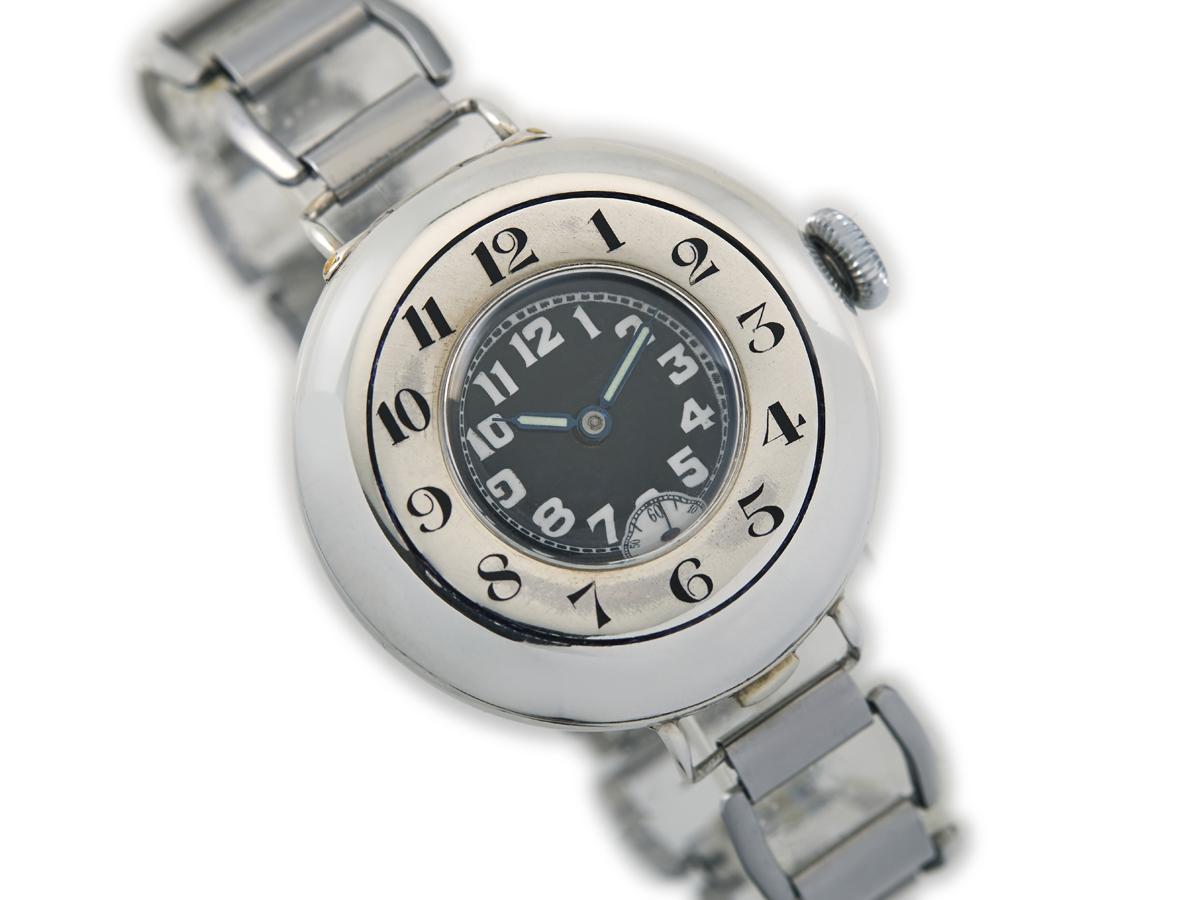
How Old Are Antique Watches?
You will be pleased to learn that the word antique is a word we can define with clarity. Antiques are items that are at least 100 years old. This is an agreed term worldwide and across many markets, not just in the pre-owned watch market.
Some examples of antique watches that have just come of age within the antique category are the Rolex Oyster, the 1922 Patek Philippe Tonneau, and the Cartier Santos, which was one of the first mass-produced timepieces designed to be worn on the wrist.
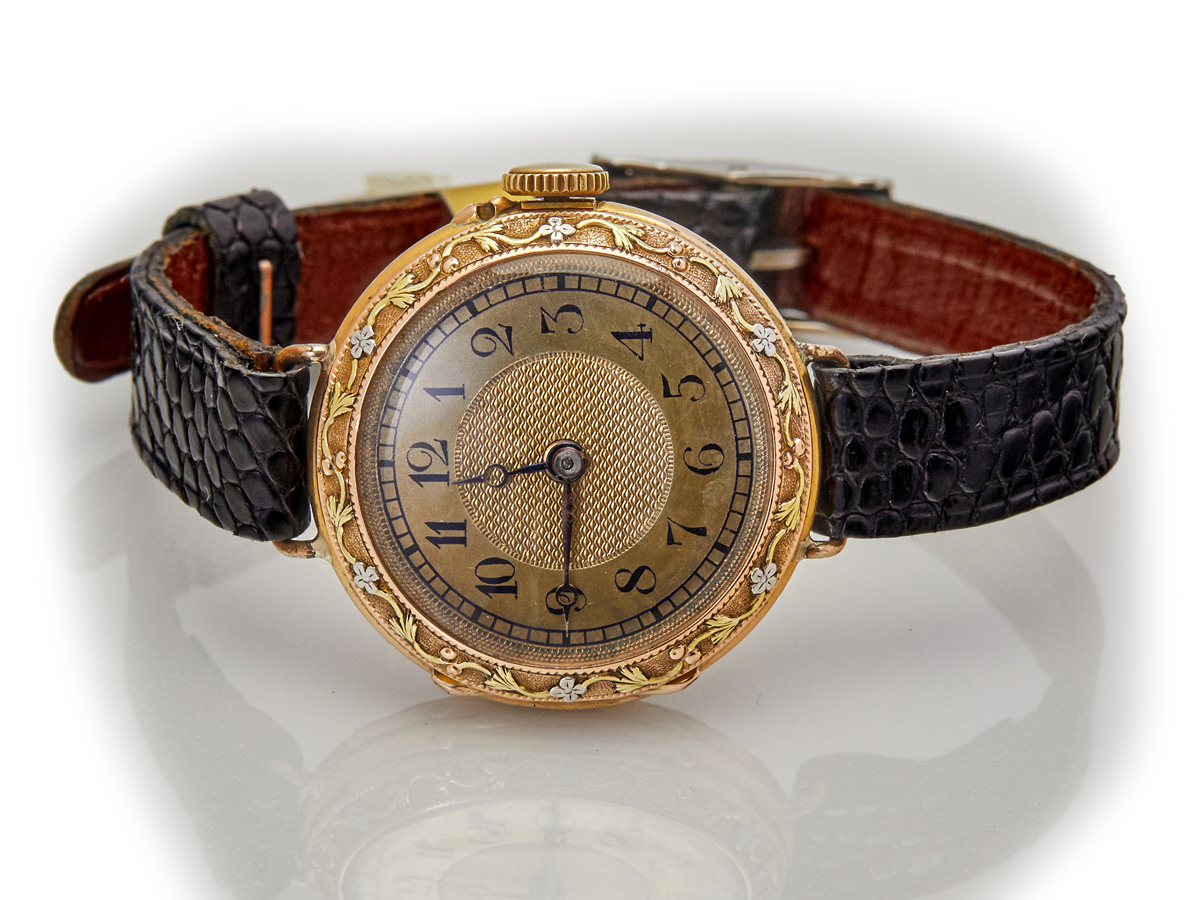
How Do I Know How Old My Watch Is?
One of the most common questions that vintage watch dealers are asked is, ‘When was my watch made?’ Sometimes, this question can be answered immediately, and sometimes, it takes a bit more investigative work.
There is no single way to determine when a watch was made. Even watches from the same brand often have different ways of determining what age they are depending on the era in which they were made.
Some watch brands are easier to date than others. Watch houses like Omega and Elgin have kept detailed records, allowing for their watches to be accurately dated. However, others, such as Gruen, have destroyed their records, making exact dating impossible. And unfortunately, Rolex has never provided any reference material regarding dates of manufacture.
Thankfully, if we can find the serial number on the watch, then we can usually find the information we need online to date a watch accurately.
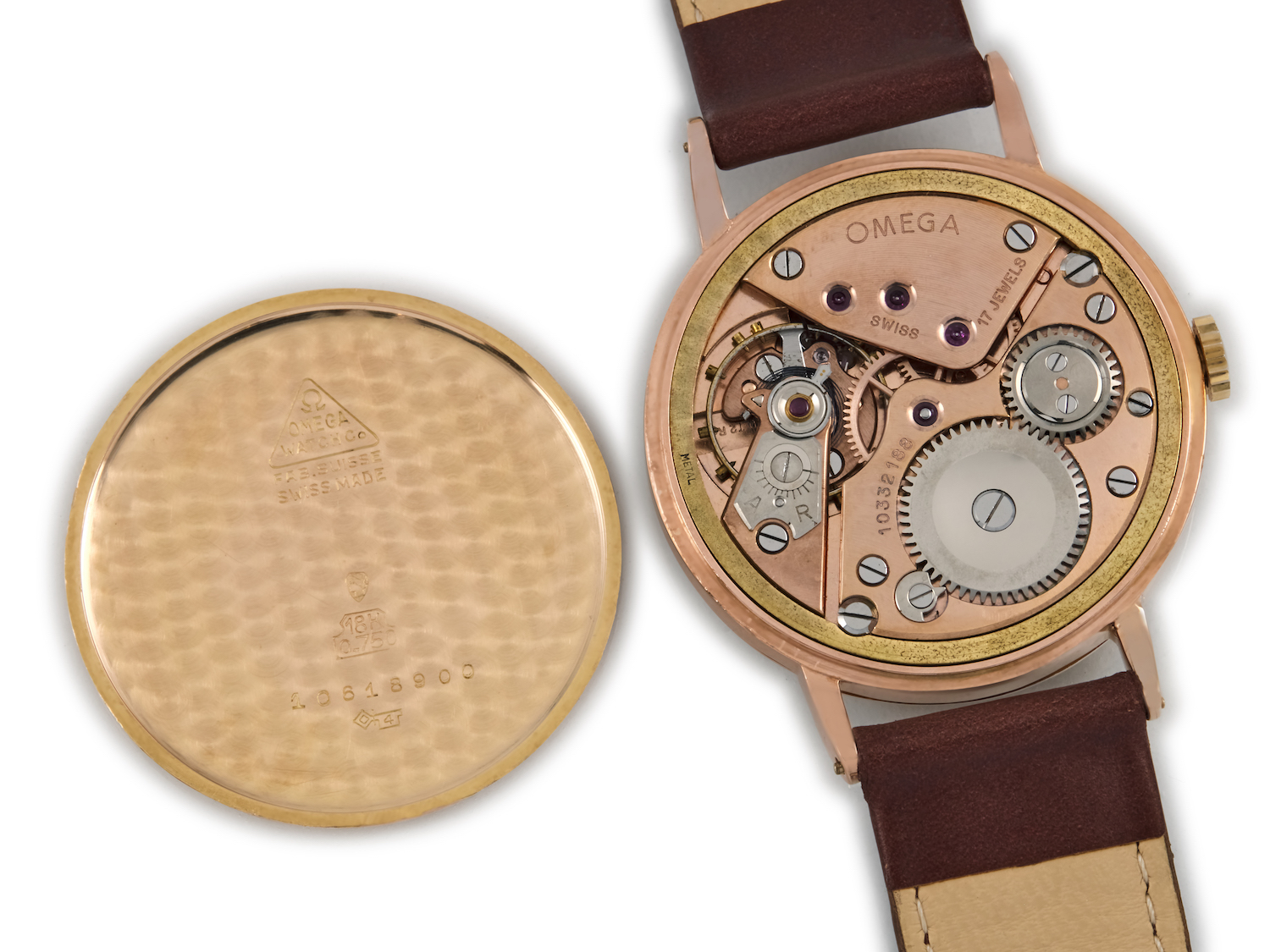
How To Find The Serial Number On Your Watch
The first thing to do is find out the serial number of your watch if it has one. Originally, serial numbers were often imprinted on the case back on the outside or inside, and this was also duplicated on the movement. Omega and Longines adhered to this principle for many years. Later, as case manufacture more often became contracted externally, we must rely more often on the movement serial number. A notable but significant exception to this rule is Rolex Oyster cased watches, whereby the case serial number is of importance as the movement serial numbers are much less helpful.
You’ll need to learn how to differentiate between serial numbers, which identify individual timepieces, and reference numbers, which are the model numbers. If you’re unsure do an online search for each number alongside the watch’s brand name and see what turns up.
Just to throw a further spanner in the works, it should be noted that many older watches may have had their movements replaced or altered, making dating almost impossible. When purchasing a watch, be careful of watches cobbled together. A vintage watch specialist can help identify an original, complete watch.
If a watch has a solid gold case, this can make things a little easier, particularly with those originally sold within the U.K. Many countries have their own systems for recording where and when precious metal items have been inspected and officially certified for their purity along with the date of inspection. In the U.K., this is carried out by the Assay Office, and hallmarking tables are available, which help us to date any watch originally certified in the U.K. It’s important to note this does not necessarily always precisely coincide with the date of manufacture, but it can help.
Generally speaking, if your watch is not a Rolex Oyster watch and doesn’t have a relevant watch case serial number, then you will need to open your watch and look for the serial number on the movement. You can then cross-reference that with the manufacturer’s database. More on this in the Manufacturer’s Database section below.
Where a relevant serial number does not exist, the age of the watch may be difficult to determine precisely but not always completely impossible. With skill and experience, one can often gauge the date of a vintage watch by understanding the watch model, and subtle variations in the design of the watch case, dial and movement.
In this scenario, we recommend contacting an auction house such as Sotheby’s or Christie’s. Their team of experts can usually date a watch from photos you email them, or they will ask you to bring it in for a more thorough review.
Where relevant serial numbers do exist, either on the external case or on the watch movement, your next step is to cross reference the serial number with the manufacturer database.
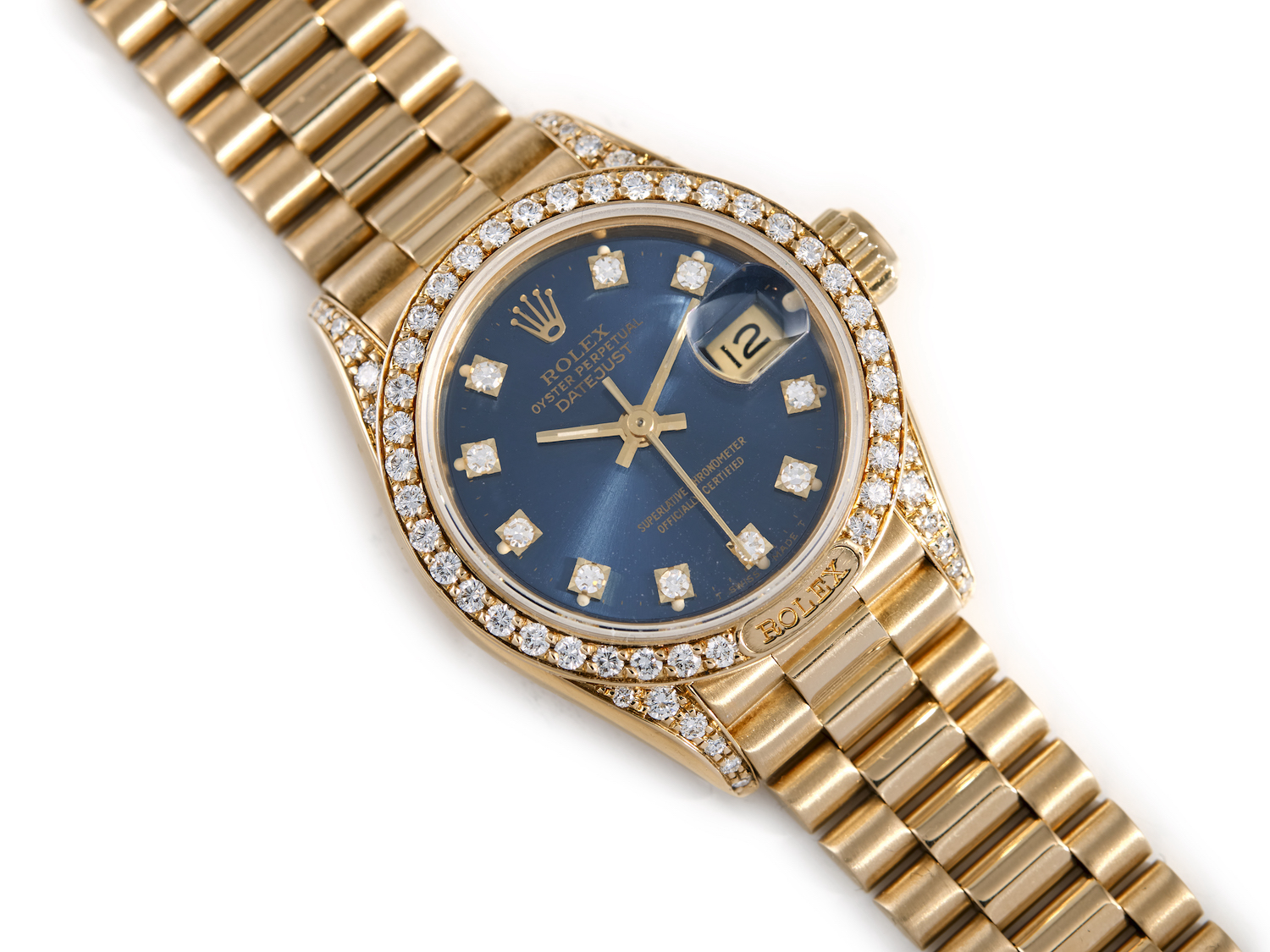
Which Is Worth More – Vintage Or Antique Watches?
Now that you have a clear understanding of the difference between vintage and antique watches, it should be highlighted that age alone is not the determining factor for knowing a watch’s value.
One might think that an antique watch is always worth more than a vintage watch, but this is not so. Remember that in the wonderful world of vintage watches, the principles of supply and demand still apply. Probably the most significant factor to vintage appeal are brands and models which became popular in the past and which remain so today. Also, particular models that were popular when first released, either through the significance of the model or style of the watch.
After this, rarity is one of the most important factors, whether this be a model that had a low production volume, unusual patina markings, or even who previously owned the watch or its provenance. Unique factors of a vintage watch are what determine its market value.
The most famous and extreme example is the Paul Newman Rolex Daytona, which made headlines in 2017 by selling for just under $18 million. Conversely, many of the finest pocket watches, two, three or even four hundred years old, sell for between $5,000 and $10,000. And it’s often a surprise that a perfectly fine vintage Omega or Rolex from the 1950s or 1960s can be bought for a fraction of the cost of a current hot pre-owned Rolex.
However, everyone can agree that with an old watch comes history. And with that history comes a story, a soul, and a style that harks back to a time when design, manufacture, and fashion were wonderfully different from today.

Vintage or Antique – invest in what you love
Now you can be confident in knowing the difference between vintage and antique watches, and also knowing that the semantics of old watches are not an important factor in determining a watch’s value.
With this in mind, you can focus on the real value; the beauty and joy of owning a unique historical timepiece that maintains the spirit of watchmaking.
At Vintage Gold Watches, we are passionate about excellence in everything we do. We can help you choose the perfect watch or bring an old favourite back to life through our servicing, repairs and restoration service. We look forward to assisting y
 Alan Wood, founder of Vintage Gold Watches www.vintagegoldwatches.com, is a trusted vintage watch dealer with over 35 years of private collecting experience. His deep knowledge and infectious passion for mechanical timepieces have earned him a highly respected reputation in the industry. Vintage Gold Watches, established in 2011, has become a reputable dealer thanks to Alan’s expertise and a skilled team of restorers. Alan’s love for vintage watches started as a young Mechanical Engineer and grew into an obsession. He believes the finest watches were made in the 1950s, 60s, and 70s, and he is thrilled to share them with others.
Alan Wood, founder of Vintage Gold Watches www.vintagegoldwatches.com, is a trusted vintage watch dealer with over 35 years of private collecting experience. His deep knowledge and infectious passion for mechanical timepieces have earned him a highly respected reputation in the industry. Vintage Gold Watches, established in 2011, has become a reputable dealer thanks to Alan’s expertise and a skilled team of restorers. Alan’s love for vintage watches started as a young Mechanical Engineer and grew into an obsession. He believes the finest watches were made in the 1950s, 60s, and 70s, and he is thrilled to share them with others.

